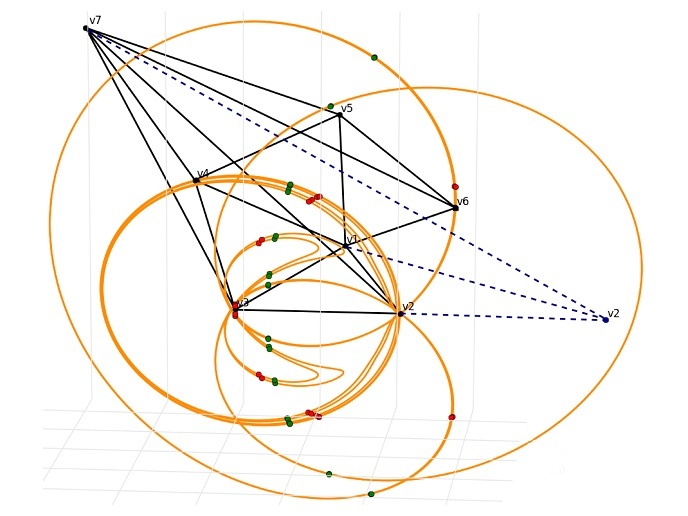New materials from atomic physics simulations
Computational simulations based on atomic-level theories are going to play an increasing role in the search for advanced and high-performance materials. In most cases, these methods deliver accurate data related to the atomic, electronic, chemical and magnetic structures of materials. First principle methods also provide an opportunity to study atomic-level structures and phenomena that are beyond present-day experimental abilities. The main methodological achievements of the ALPAM (Atomic-level physics of advanced materials) project include a newly developed quasi-non-uniform density functional scheme and an atomic-level approach to thermodynamic and kinetic properties of alloys with non-trivial magnetic degrees of freedom. Most recently, the project put forward a transparent atomic-level theory of plasticity for face-centered cubic metals and alloys. Project tools have been applied to the investigation of order-disorder phase transition in important classes of magnetic alloys, including interstitial alloys. They have addressed the thermodynamics of different point and planar defects (vacancies, interfaces and stacking faults) in iron (Fe) alloys, and revealed a series of anomalously magnetic effects. In iron-chromium-nickel (Fe-Cr-Ni; austenite) alloys, the stacking fault energies – controlling the plastic deformation mechanisms – follow a strongly non-linear composition dependence, which can be ascribed to the magnetic contribution to the defect energy. Accurate knowledge of elastic properties is indispensable in many practical applications, including the phenomenological modelling of strengthening mechanisms. Most of the scientific problems addressed by this project are closely related to important industrial problems. For instance, the effect of non-equilibrium segregation is believed to be largely responsible for the Cr depletion at grain boundaries in austenitic stainless steel under irradiation, leading to radiation-induced stress corrosion cracking, which is often involved in accidents at nuclear power stations. The team's insights into the electronic properties of Fe have also made it possible to perform significant interdisciplinary work in geology. They have shown that at high pressure and high temperature the body-centered cubic (bcc) phase of Fe is dynamically stable. Furthermore, they have demonstrated that the properties of Fe-rich bcc alloys including a small amount of light metals are consistent with those indicated by seismology. This suggests that bcc-structured Fe alloys are possible models for the Earth's inner core. ALPAM has shed light on the atomic-scale properties and processes behind the observed macroscopic properties of materials and delivered comprehensive first-principles data for multi-scale modelling. As a result, detailed information on the composition–structure–property relations, defect interaction parameters and atomistic mechanisms of processes in the sampled alloy phases has been obtained.
Keywords
Atomic physics, advanced materials, ALPAM, alloys, metals, elastic properties







